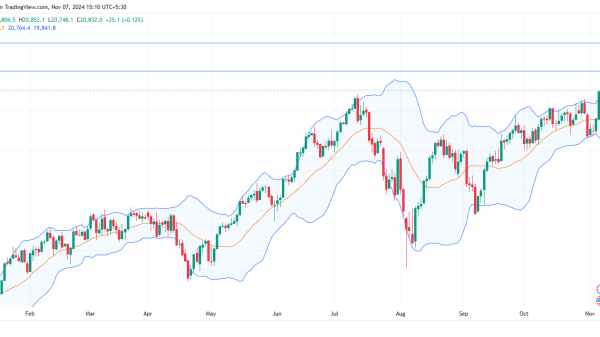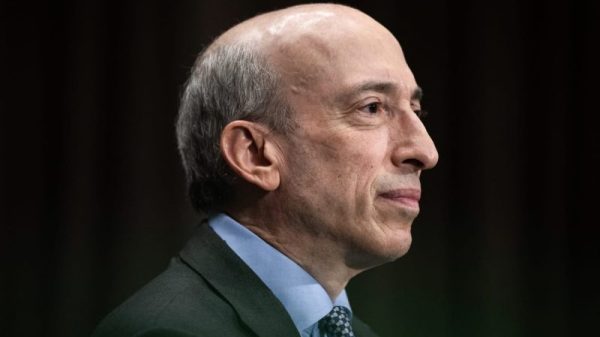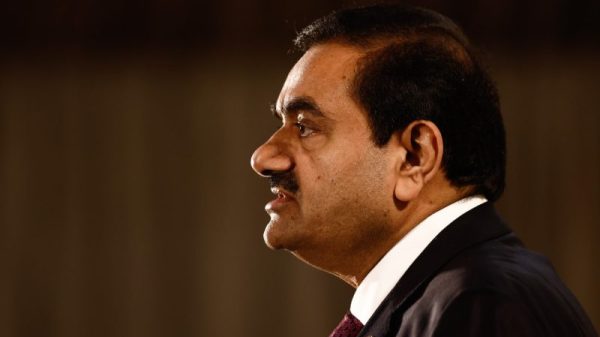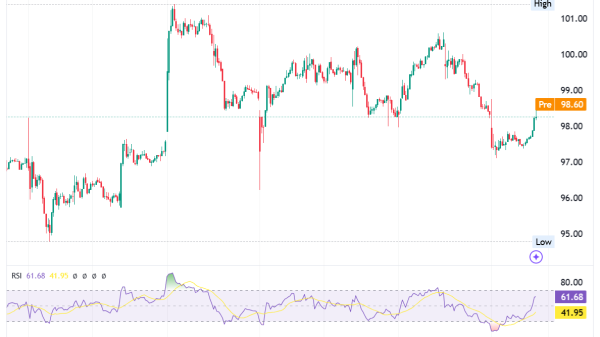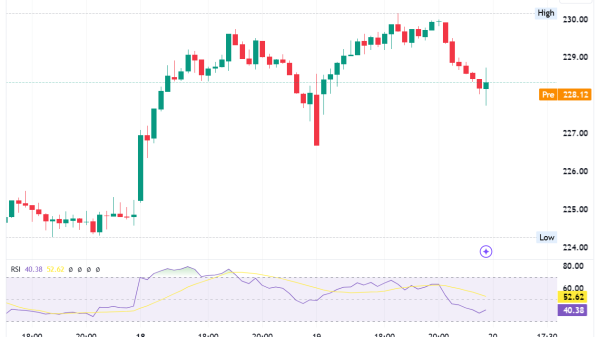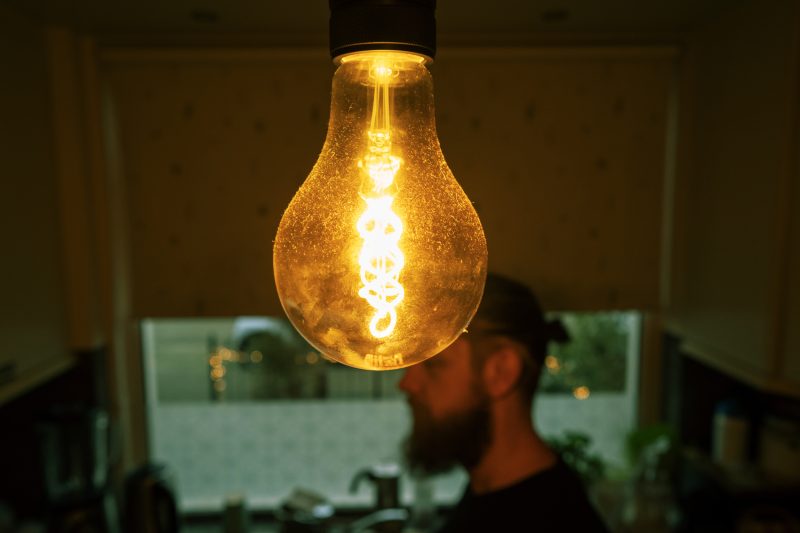Get ready to say goodbye to the once ubiquitous incandescent light bulb, pioneered by Thomas Edison more than a century ago. You can thank — or blame — new federal energy efficiency regulations that went into full effect Tuesday. Quite possibly without you even noticing.
The Energy Department rules, which date back to the Obama administration, have been whipsawed in the political process for years. Some conservatives and Republican lawmakers long denounced them for interfering with consumer choice and placing undue burdens on business. Under former President Donald Trump, the Energy Department scrapped them in 2019; the Biden administration subsequently revived them.
Yet by the time Aug. 1 rolled around, the critics had gone quiet, possibly because companies and consumers have already started voting for better lighting efficiency with their wallets.
What changes under the new rules?
The rules establish strict new efficiency standards for bulbs used in homes and businesses and bans the manufacture and sale of those that don’t meet those requirements. Practical incandescent bulbs, which trace their origin to an 1880 Edison patent, can’t meet those standards. Neither can halogen bulbs. The rules also ban imports of less efficient bulbs.
But those requirements carry a bit less heft than they would have several years back, largely because advances in LED technology and manufacturing have dramatically lowered prices and improved quality. LED stands for “light emitting diode,” a semiconductor device that converts electricity directly into light.
Between 2015 and 2020, for instance, the percentage of American households that reported using LED bulbs for most or all of their lighting jumped more than tenfold — from 4% to 47%, according to the Energy Information Administration, an independent federal statistics agency.
Do you have to trash your old incandescents?
Fortunately not. The rules don’t affect bulbs that you already own; they also exempt special purpose incandescents such as those used inside ovens.
But suppose you discard — or give away — your halogen and incandescent bulbs. Odds are good that replacing them with LED bulbs could save you a fair amount of money.
As the rules reinforce existing market changes, the Energy Department believes that U.S. consumers can save almost $3 billion annually on their utility bills. Similarly, it projects that the rules could cut carbon emissions by 222 million metric tons over the next 30 years.
Why do LED bulbs save money and energy?
Incandescent bulbs create illumination by running an electric current through a filament that heats it until it glows. Edison’s first practical light bulb used a carbonized cotton thread for that purpose; modern bulbs use tungsten filaments in an inert gas.
But incandescents are not very efficient. Only roughly 5% of the energy used by an incandescent bulb produces light; the remaining 95% or so is lost as heat. This is why you let an incandescent bulb cool off before unscrewing it.
They also burn out frequently, requiring replacement roughly every year.
The light-emitting components in LED bulbs, by contrast, are manufactured via the same process used to make computer chips, which makes them extremely efficient. They generate almost no heat and use up to 90% less energy than incandescent bulbs while lasting up to 25 times longer, according to the Energy Department.





